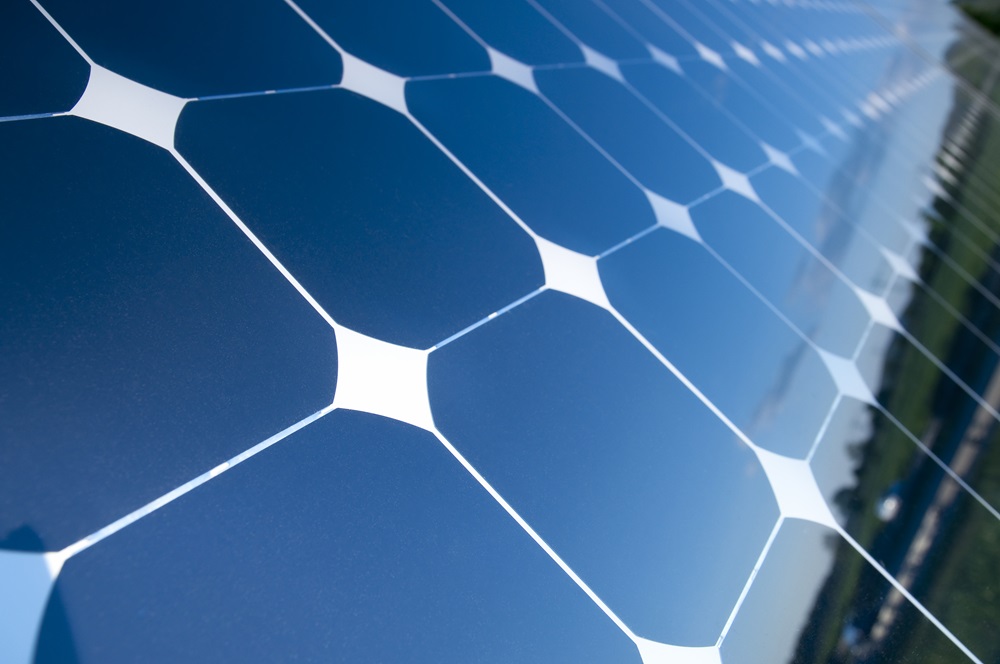What is the difference between monocrystalline and polycrystalline solar panels?
What is the difference between monocrystalline and polycrystalline solar panels?
One of the frequently asked questions before purchasing photovoltaic equipment is whether there is a difference between monocrystalline and polycrystalline collectors. Let’s look at their characteristics one by one and this will help to understand if and which of them are really decisive in choosing a photovoltaic panel.
Monocrystalline


- Monocrystalline: Their cells are made from a single/single bar of silicon. Hence the term “Mono-crystalline”. The silicon bar is then cut into very thin slices, which are placed in an array. Looking at the surface of a monocrystalline collector, we notice that they have a uniform and darker color, while at the same time the cells have rhombuses between them. Since a single silicon bar is used, this makes it easier for the electrons to move more freely and produce more energy. Their efficiency ranges between 15 – 19%. Monocrystalline solar panels perform best when the sun’s rays are perpendicular to them. They also perform best when there is limited sunlight.
Polycrystalline:


- In the manufacture of their cells, many different silicon bars are used. Hence the term “polycrystalline”. The silicon bars are all melted together, thus creating an alloy. The surface of polycrystallines usually has a variety of bright shades of blue and is usually more glossy. However, in recent years, with the development of technology, photovoltaic collectors are now being observed which, while they are monocrystalline, look quite similar to polycrystalline ones. Since the cells of polycrystalline cells are composed of a mixture of silicon, the electrons move in a more limited space and therefore produce less energy. Their yield ranges between 13 – 16%. Because polycrystalline collectors utilize every bit of silicon, they are considered more environmentally friendly. Polycrystalline solar panels perform better throughout the day due to the silicon alloy and different angles of sunlight absorption.





